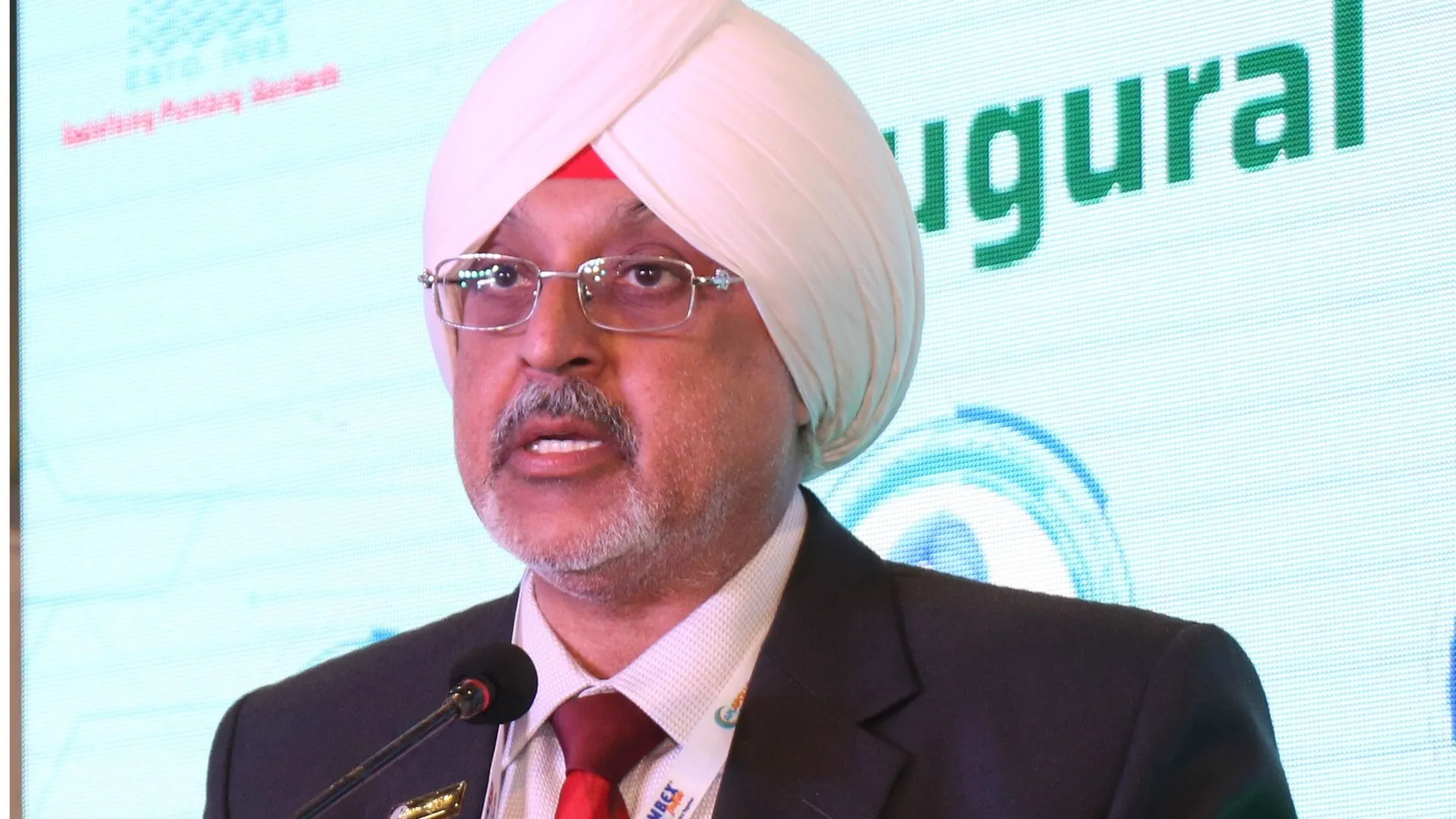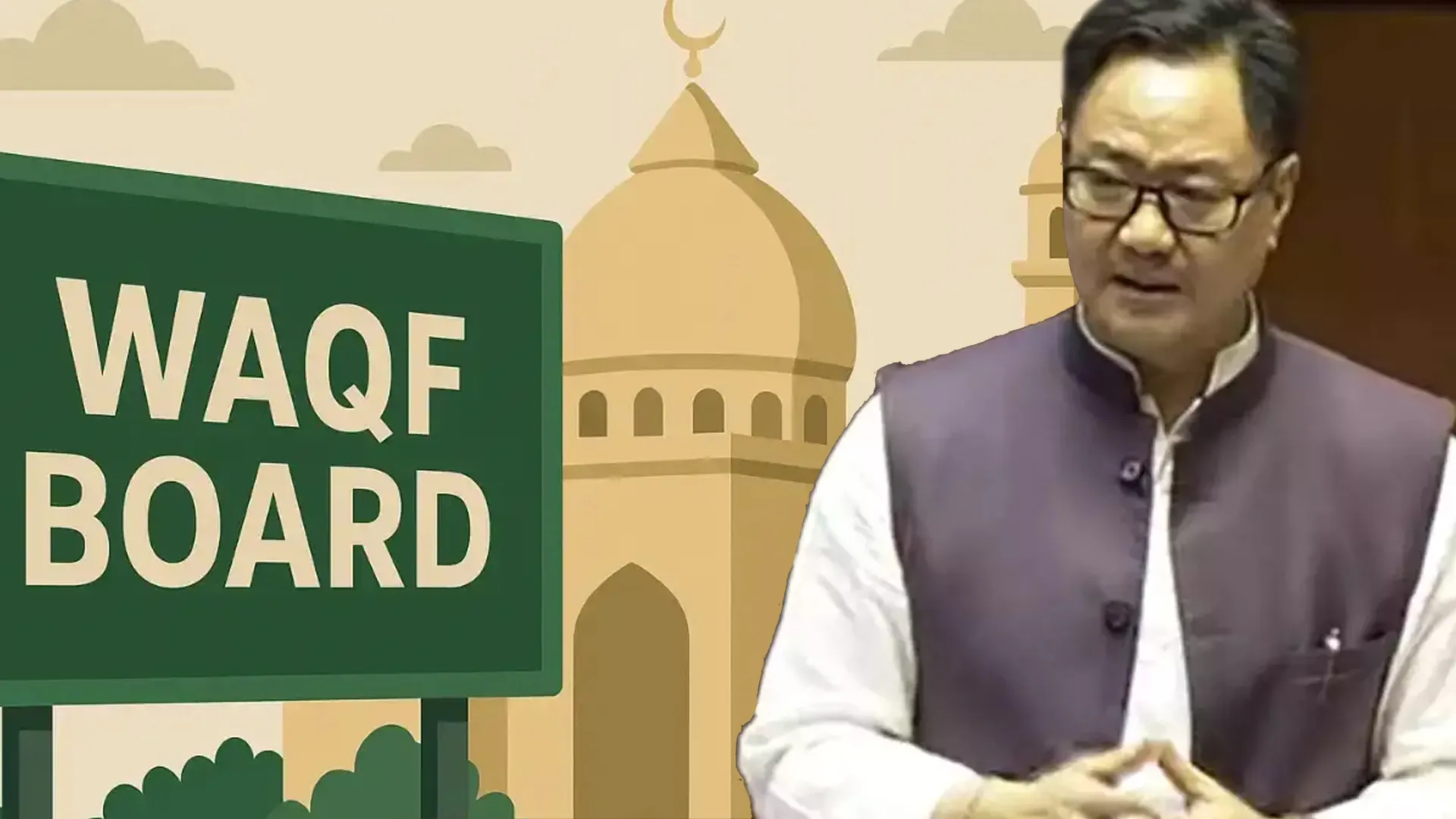The real estate sector is hopeful that the newly formed government will prioritize infrastructure development, affordable housing, regulatory streamlining, a single-window clearance mechanism, and tax rationalization to spur investment and growth. Narendra Modi took his oath as Prime Minister for the third consecutive term along with his new Cabinet and council of ministers at the Rashtrapati Bhavan on June 10.
Reviving Affordable Housing
Niranjan Hiranandani, chairman of NAREDCO National, emphasized the need to revive affordable housing to combat stagnation in that segment. “India Inc. welcomes the new government on board… to boost economic performance indicators, the real estate industry recommends that the new government should focus on the PMAY scheme to achieve all housing goals efficiently in a time-bound manner,” he stated.
Focus on Infrastructure
Investing in infrastructure will significantly benefit commercial, residential, and industrial real estate across the country, enhancing last-mile connectivity, according to Hiranandani.
Reducing Approval Costs and Rationalizing Taxes
The new government should also consider lowering the costs of approvals, development premiums, stamp duty, and ready-reckoner rates while rationalizing taxes and GST to promote growth. Fiscal incentives should be provided for adopting construction technology and sustainable development, with land and approval financing methodologies outlined to support growth and timely project completion. Anshuman Magazine, Chairman and CEO of CBRE India, Southeast Asia, Middle East & Africa, remarked, “The government must consider tax rationalization for construction raw materials, as this will significantly impact the industry. To boost the housing segment further, we believe the affordable housing definition needs to be revisited. Given the substantial changes in construction costs, including raw materials, labor, and overall development, it is necessary to reassess the price, size, and income criteria to ensure the program remains inclusive and effective.”
Mid-Segment Housing
The interim budget indicated that the mid-segment housing sector would see targeted action and policy alignment, leading to further growth. Homes priced between ₹40 lakh to ₹80 lakh and those between ₹80 lakh to ₹1.5 crore accounted for nearly 59% of total sales in Q1 2024, a notable increase from 47% in Q1 2019, according to Anarock data. Anuj Puri, chairman of Anarock Group, noted, “With government continuity, we can look forward to a major boost for the affordable housing sector, this being a flagship scheme that had not fared well over the last term. Affordable housing (homes priced under ₹40 lakh) sales in Q1 2024 recorded 26,545 units, which is just 20% of the total sales. Concurrently, supply in this critical segment had also dropped from 44% in Q1 2019 to 18% in Q1 2024.”
Making Affordable Housing More Accessible
NAREDCO National President G Hari Babu highlighted the importance of making affordable housing more accessible by adjusting financial limits and providing builder incentives. The increase in home loan interest rates from 6.25% pre-COVID to around 8.75% today has made monthly EMIs costly, especially for middle-class families. Babu suggested that the government offer relief by providing lower interest rates for affordable housing loans, possibly setting the first ₹20 lakh or ₹25 lakh of a home loan at a 5% interest rate for the first five years. “Raising the ₹45 lakh limit to ₹60 lakh is one such reform that would address the challenges faced by builders and buyers,” Babu added.
Enforcement and Regulation
Amit Goyal, managing director of India Sotheby’s International Realty, emphasized the need for stricter enforcement of the Real Estate (Regulation and Development) Act 2016, which several states have diluted, leading to non-compliance. Improved checks and balances are necessary to ensure accountability and transparency. Experts also called for reducing stamp duty, moderating GST on under-construction projects, and streamlining project approvals through a single-window clearance system to expedite timelines and reduce costs.
Urban Planning
Better urban planning is essential, with cities under tremendous pressure. Implementing master plans, such as the Delhi Master Plan MPD 2041, which has been ready but not notified for over a year, is vital for sustainable development. Prompt implementation of such plans is crucial to managing urban growth effectively.
Conclusion
The real estate sector is eager for specific policy reforms to stimulate growth, especially in affordable housing. Adjustments in financial limits, reduced interest rates, and streamlined regulatory frameworks are among the measures that could significantly impact the sector, ensuring continued growth and development under the new government.























